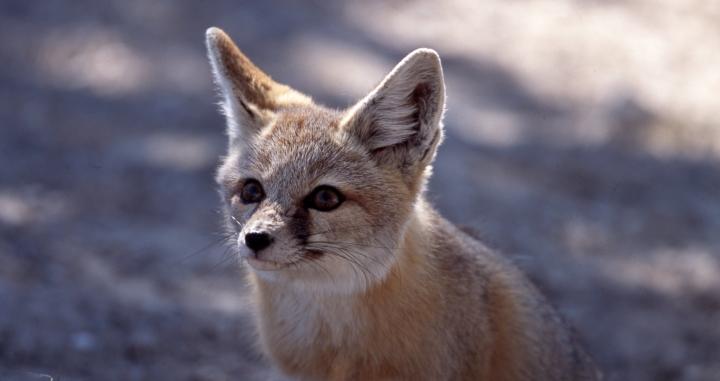
Utah Wildlife
Over 600 species of fish, mammals, birds, reptiles and amphibians call Utah home. BLM lands provide habitat to 16 sensitive reptiles and amphibians, 15 birds, one insect and 13 mammals within the state. BLM lands provide colorful backdrops and optimum habitat for mountain lions, black bears, Rocky Mountain and Desert big horn sheep, mule deer, elk, pronghorn antelope, and two free-ranging populations of bison. These lands are vital to non-game mammals as well as to raptors, shorebirds, songbirds and also many reptiles and amphibians.
What We Do
The BLM’s Wildlife Management Program maintains and manages wildlife habitat to help ensure self-sustaining populations and a natural abundance and diversity of wildlife on public lands. In order to provide for the long-term protection of wildlife resources, the BLM-UT is an active participant in the State of Utah’s Watershed Restoration Initiative (WRI). BLM-UT supports numerous habitat conservation and restoration activities, many funded through WRI and its partnerships with other Federal partners, the State and non-governmental organizations.
The BLM-UT works closely with the State of Utah in implementing the Utah State Wildlife Action Plan and with a number of partners to make wildlife accessible to the public including participating in watchable wildlife events.
The BLM-UT also participates with other agencies including the Utah Division of Oil, Gas and Mining strategies concerning serious wildlife issues, such as White-Nose Syndrome currently spreading in bats at alarming rates.
Sage-grouse in Utah
Both the Gunnison Sage-Grouse (listed as threatened under the Endangered Species Act) and the Greater Sage-Grouse (BLM sensitive species) are found on BLM lands in Utah. BLM-UT completed the Approved Resource Management Plan Amendment and the associated Great Basin Region Record of Decision in 2015. As part of a range-wide effort, BLM-UT is currently in the process of amending its Monticello and Moab RMP’s to include additional conservation measures

